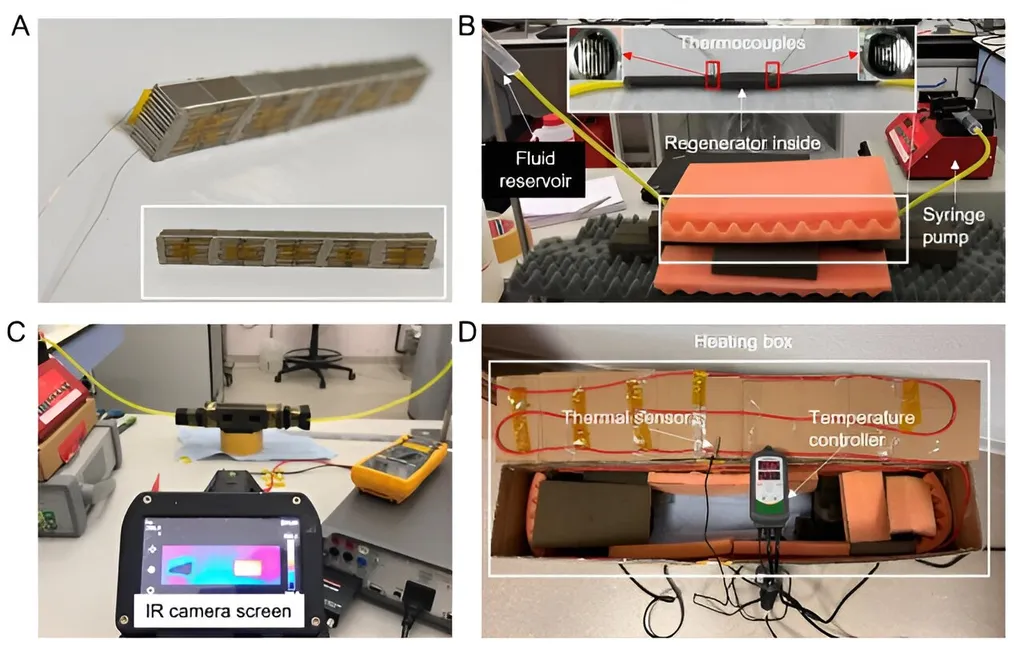In the quest for more efficient and sustainable cooling technologies, a groundbreaking study has emerged from the pages of Zhileng xuebao, which translates to the Journal of Refrigeration. The research, led by CHU Zhaoping, delves into the optimization of active electrocaloric regenerators (AER), a technology that could revolutionize the energy sector by providing a more efficient alternative to traditional refrigeration methods.
The study focuses on the variable structure performance of AER devices, specifically exploring the use of corrugated and tapered structures in parallel-plate AERs. The findings, published in Zhileng xuebao, suggest that these innovative designs could significantly enhance the performance of electrocaloric refrigeration systems, offering a more balanced approach to flow resistance and heat transfer efficiency.
CHU Zhaoping, the lead author, explains, “The tapered structure, in particular, showed remarkable potential. It effectively balances the flow resistance and heat transfer efficiency, leading to superior refrigeration performance under the same operating conditions.”
The research indicates that the tapered AER structure outperforms both the parallel-plate and corrugated structures, with a refrigeration capacity of 4.71 W and a coefficient of performance (COP) of 3.17. This is a significant improvement over the parallel-plate AER, which has a refrigeration capacity of 4.16 W and a COP of 1.77.
The study also highlights the importance of optimizing the electric field parameters. It was found that switching the electric field when the heat transfer reaches 63%-66% of its maximum possible value is optimal. Additionally, the research shows that as the electric field strength increases, the refrigeration capacity of the device increases exponentially. For the tapered AER, the refrigeration capacity rose from 0.68 W to 10.06 W when the field intensity increased from 50 MV/m to 225 MV/m, an improvement of approximately 14.79 times.
The implications of this research are vast for the energy sector. As the demand for more efficient and sustainable cooling solutions continues to grow, technologies like AERs could play a pivotal role. The structural optimizations proposed in this study could lead to the development of more efficient refrigeration systems, reducing energy consumption and lowering operational costs.
CHU Zhaoping’s work, published in Zhileng xuebao, opens up new avenues for exploration in the field of electrocaloric refrigeration. As researchers continue to build upon these findings, we can expect to see significant advancements in cooling technologies, shaping the future of the energy sector. The journey towards more sustainable and efficient refrigeration solutions is underway, and this research is a significant step in that direction.

